In March 2023 two of our M³OCCA PhD students, Lena Krabbe from LHFT/ FAU Erlangen and Akash Patil from BAdW Munich, joined a three-week field test campaign taking place at the Jungfraufirn on the Aletsch glacier in Switzerland. Therein, they were able to collect multiple data sets from different Ground Penetrating Radar (GPR) systems, namely a commercial GPR system as well as a GPR sled developed by Lena Krabbe at LHFT. Field campaigns like this are an essential part of glacier and ice research in order to assess the system performance in the field as well as to check, whether the systems and solutions developed in the lab are also capable of enduring extreme environmental conditions that are present on glaciers. Moreover, the collected data is a great basis for a performance comparison not only between the two surface-based GPR systems, but also for comparing them to further measurement equipment tested during this field campaign. The latter includes a melting probe consisting of a radar, a sonar and a permittivity sensor as well as UAV-based radar and lidar systems. During the field test, two main measurement sites were evaluated, including an area close to the Mönchsjoch as well as the camp site below the Sphinx, which is also close to the glacier entrance. Furthermore, also more remote places where evaluated after being explored and assessed together with a mountain guide. Overall, this field test was a great opportunity to gain experience in applied glacier research and intensify the collaboration inside the M³OCCA doctoral program.
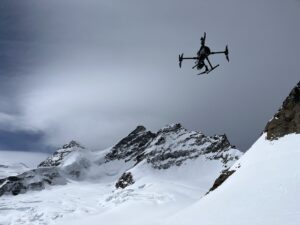
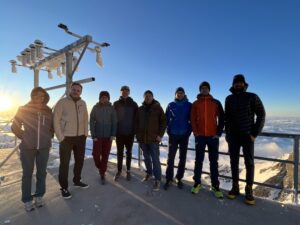
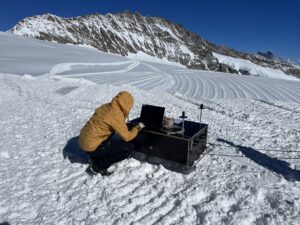
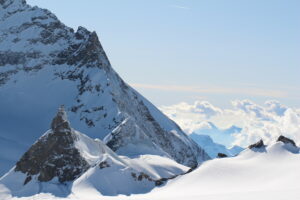
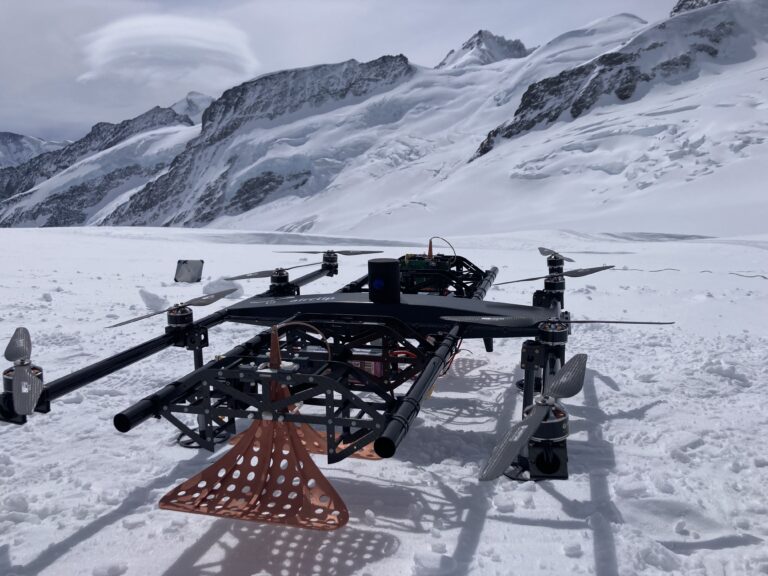
In March 2023 two of our M³OCCA PhD students, Lena Krabbe from LHFT/ FAU Erlangen and Akash Patil from BAdW Munich, joined a three-week field test campaign taking place at the Jungfraufirn on the Aletsch glacier in Switzerland. Therein, they were able to collect multiple data sets from different Ground Penetrating Radar (GPR) systems, namely a commercial GPR system as well as a GPR sled developed by Lena Krabbe at LHFT. Field campaigns like this are an essential part of glacier and ice research in order to assess the system performance in the field as well as to check, whether the systems and solutions developed in the lab are also capable of enduring extreme environmental conditions that are present on glaciers. Moreover, the collected data is a great basis for a performance comparison not only between the two surface-based GPR systems, but also for comparing them to further measurement equipment tested during this field campaign. The latter includes a melting probe consisting of a radar, a sonar and a permittivity sensor as well as UAV-based radar and lidar systems. During the field test, two main measurement sites were evaluated, including an area close to the Mönchsjoch as well as the camp site below the Sphinx, which is also close to the glacier entrance. Furthermore, also more remote places where evaluated after being explored and assessed together with a mountain guide. Overall, this field test was a great opportunity to gain experience in applied glacier research and intensify the collaboration inside the M³OCCA doctoral program.